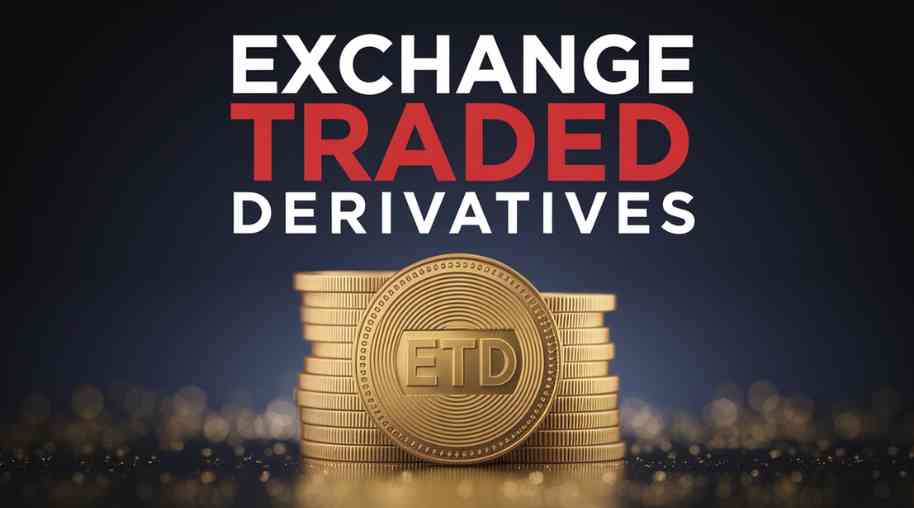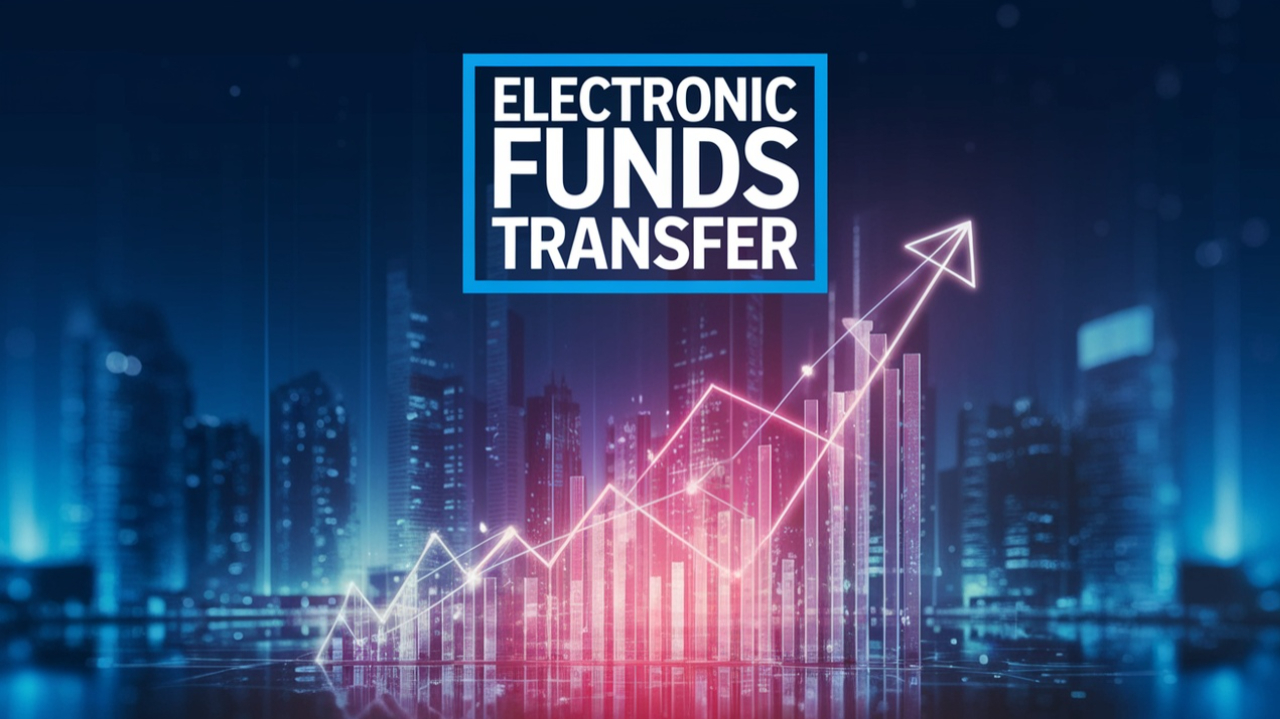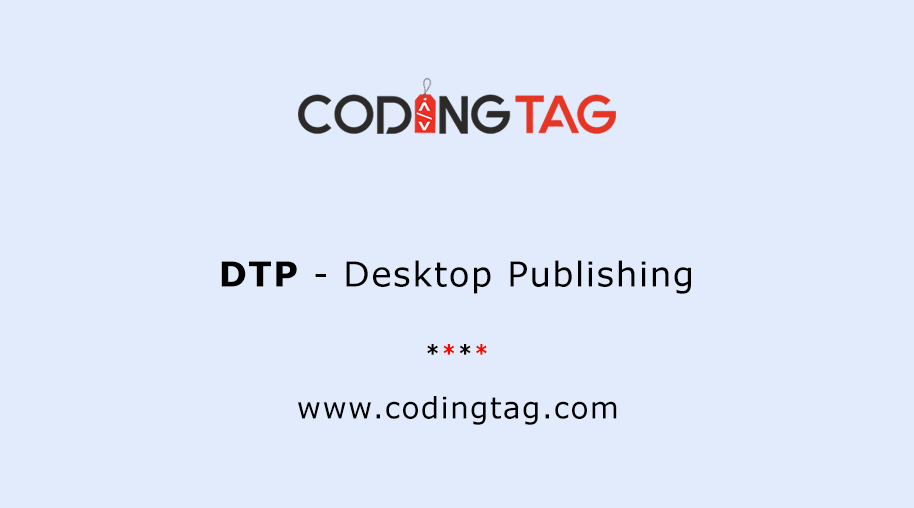ETD Full Form-Exchange Traded Derivatives
by Shashi Gaherwar
0 1074
Exchange Traded Derivatives (ETDS): everything you need to know about futures and options
introduction
exchange traded derivatives (etds) are standardized financial instruments traded on regulated exchanges. these instruments, such as futures and options, derive their value from an underlying asset like stocks, indices, commodities, currencies, or interest rates.

unlike over-the-counter (otc) contracts, etds offer transparency, liquidity, and regulatory oversight, making them essential tools in modern risk management and speculative strategies.
what are exchange traded derivatives (etds)?
etds are financial contracts that are bought and sold on organized platforms such as the chicago mercantile exchange (cme), national stock exchange (nse), new york stock exchange (nyse), and eurex. these contracts are used by investors, traders, and institutions to hedge risk, speculate on price movements, or manage exposure to financial instruments.
one of the major advantages of etds is that they are standardized and regulated, which makes them more secure and transparent compared to otc derivatives. prices of these instruments are available to the public, making it easier for traders to make informed decisions.
key features of etds
exchange traded derivatives come with several unique features. they are standardized, meaning each contract has clearly defined terms like size, expiry date, and strike price. etds are also regulated by the exchange, which reduces the chance of default and promotes transparency. clearinghouses play a major role in guaranteeing the trade, making etds less risky compared to otc contracts. another key feature is their high liquidity, which ensures that traders can easily buy and sell contracts without price manipulation. lastly, public pricing and trade data create a transparent and efficient market environment.
types of exchange traded derivatives
there are mainly two types of etds: futures contracts and options contracts.
a futures contract is an agreement to buy or sell an asset at a predetermined price on a future date. these are commonly used for speculation or to hedge against future price fluctuations. some common examples include stock index futures like nifty 50 or s&p 500, commodity futures such as gold and crude oil, currency futures like usd/inr or eur/usd, and interest rate futures based on treasury bills and government bonds.
an options contract gives the holder the right, but not the obligation, to buy or sell an asset at a specific price before or on the expiration date. options are divided into call options, which allow the right to buy, and put options, which allow the right to sell. common examples include stock options for companies like reliance or apple, and index options such as those based on the dow jones or nifty 50.
benefits of exchange traded derivatives
etds offer multiple advantages for both individual and institutional investors. the most important benefit is risk management. investors and businesses can hedge against unexpected price movements in stocks, commodities, currencies, or interest rates. etds also provide high liquidity, allowing quick entry and exit from positions without large price gaps. the pricing of these instruments is transparent, with real-time quotes and publicly available data helping to ensure fair trading.
another major benefit is leverage. through the use of margin, traders can control a large position with a small amount of capital, which can lead to high returns—though this also increases risk. because of standardization, traders can rely on consistent contract terms, and the clearinghouse helps to reduce counterparty risk.
differences between etds and otc derivatives
exchange traded derivatives differ from otc derivatives in several ways. etds are highly standardized with fixed terms and conditions, while otc contracts are customizable to suit specific needs. etds carry lower counterparty risk because the exchange guarantees the trade, while otc contracts are riskier due to the direct agreement between two parties. etds are more liquid because they are traded on public platforms, and their pricing is transparent, unlike otc derivatives which have limited visibility. lastly, etds are heavily regulated, ensuring greater investor protection compared to otc markets.
risks associated with exchange traded derivatives
like all financial instruments, etds come with certain risks. market risk is the most obvious—prices can move against your position, resulting in losses. leverage risk is another concern; while it amplifies gains, it also increases potential losses. traders must maintain margin requirements, and failure to do so can lead to forced liquidation of positions. liquidity risk may arise if a particular contract has low trading volume, making it hard to exit a trade at a desired price. despite the clearinghouse’s involvement, operational and systemic risks still exist in the broader financial ecosystem.
popular exchanges offering etds
some of the most prominent global exchanges that offer exchange traded derivatives include the chicago mercantile exchange (cme), which is one of the largest futures exchanges in the world. the national stock exchange (nse) in india is a leading platform for derivatives trading in the indian market. the intercontinental exchange (ice) offers commodity and financial derivatives, and the eurex exchange in europe is another key player for trading in futures and options.
future of exchange traded derivatives
the future of etds is closely linked to advances in technology and increasing market participation. algorithmic trading and artificial intelligence are transforming how these contracts are bought and sold. automated systems can execute large volumes of trades at high speeds, improving market efficiency. the rise of crypto derivatives, such as bitcoin and ethereum futures, is also adding a new dimension to the market.
regulators around the world are paying closer attention to derivative trading to prevent market manipulation and excessive speculation. as regulations evolve, the market is becoming safer and more transparent. institutional investors like hedge funds, pension funds, and banks are also expanding their use of etds, making the market deeper and more diverse.
exchange traded derivatives (etds) are essential tools in modern finance, offering investors the ability to manage risk, gain exposure to various asset classes, and increase their potential returns. whether used for hedging or speculative purposes, etds contribute to the overall efficiency and stability of financial markets.
by understanding how futures and options work, along with their benefits, risks, and market dynamics, investors can make smarter decisions. as technology, regulation, and participation continue to grow, etds will remain a fundamental part of the global financial system.

Share:








Comments
Waiting for your comments